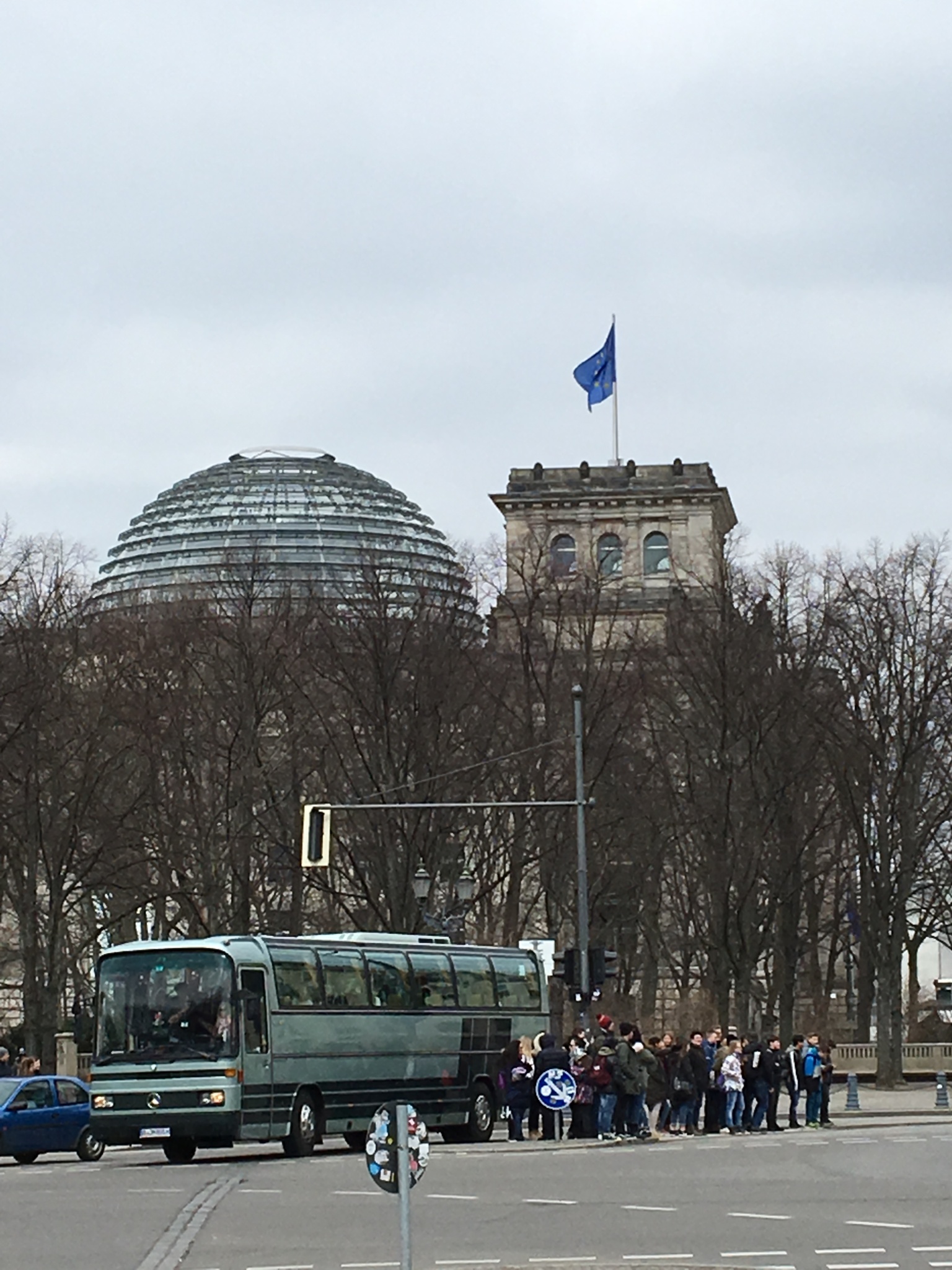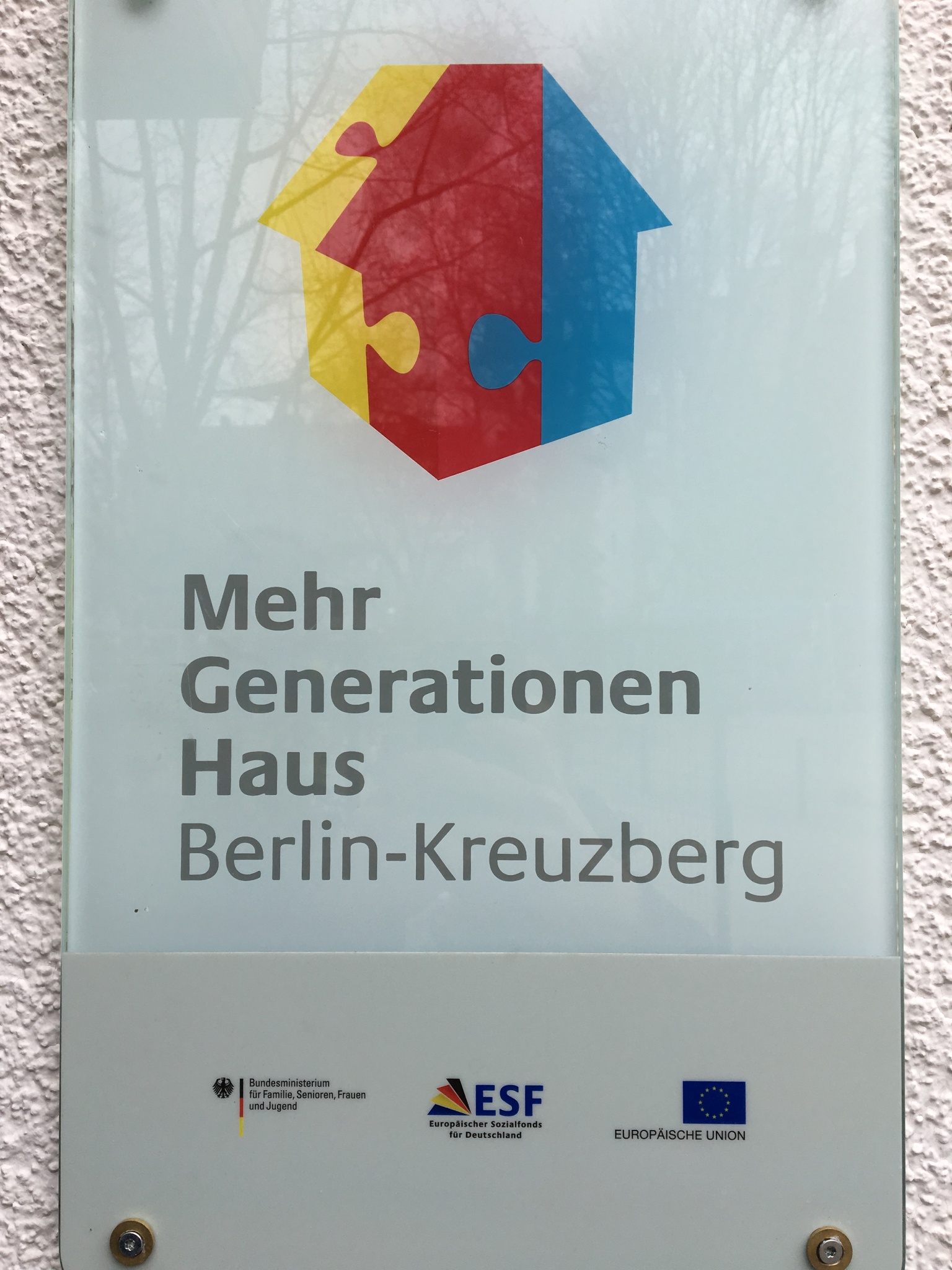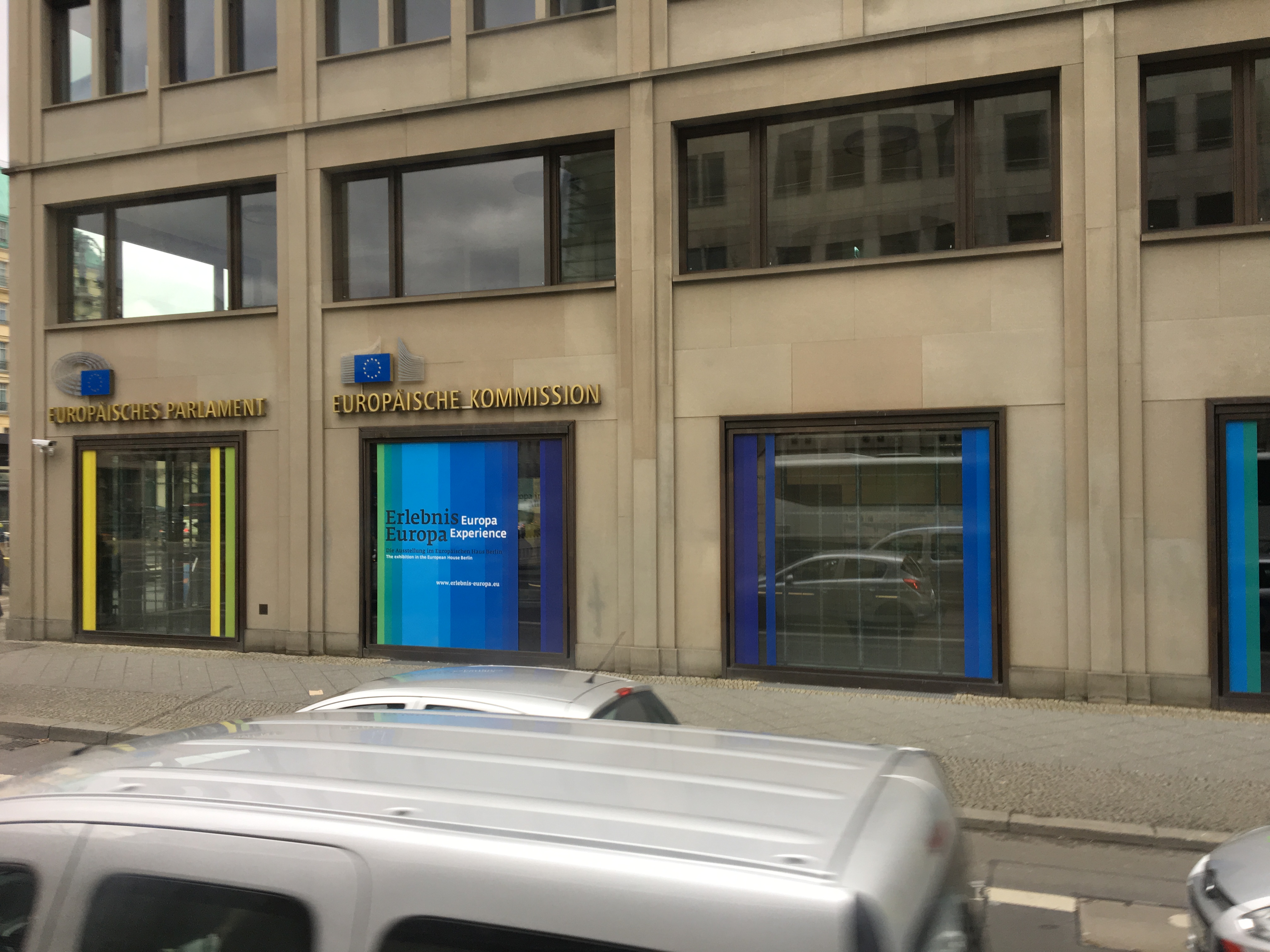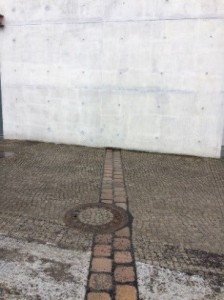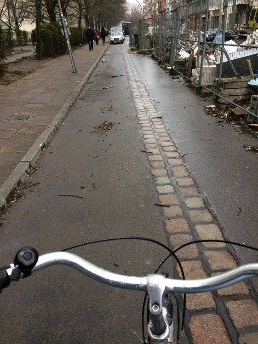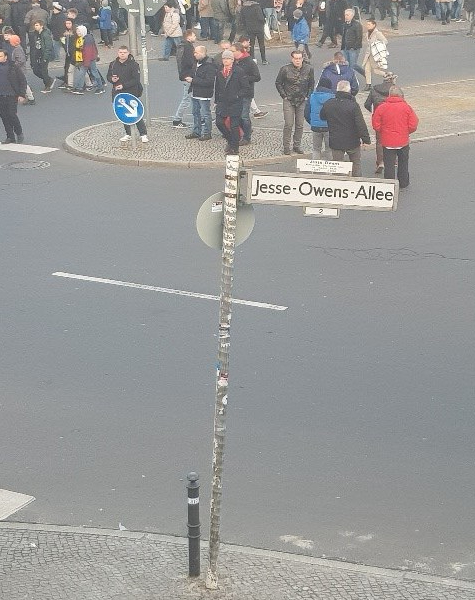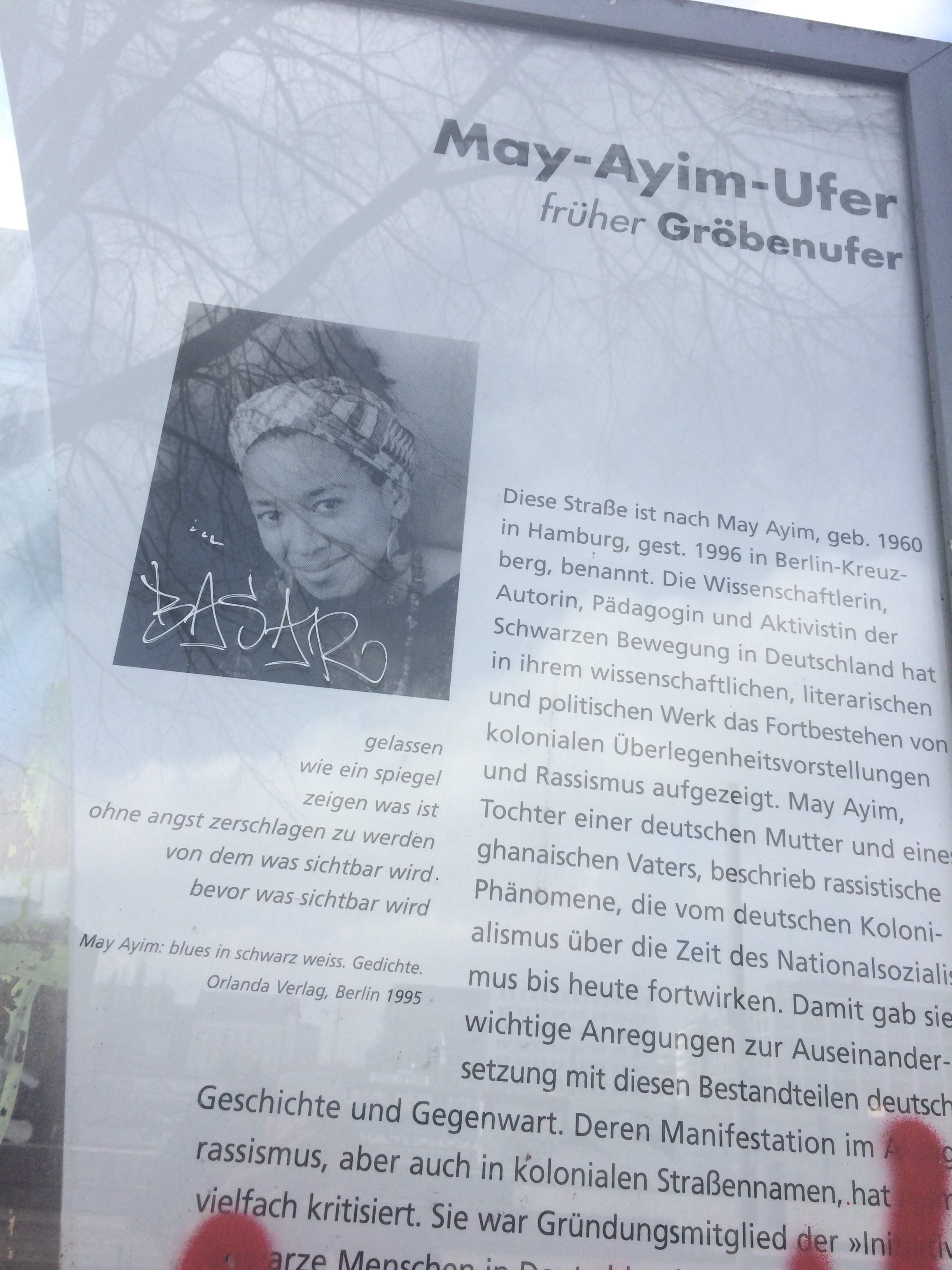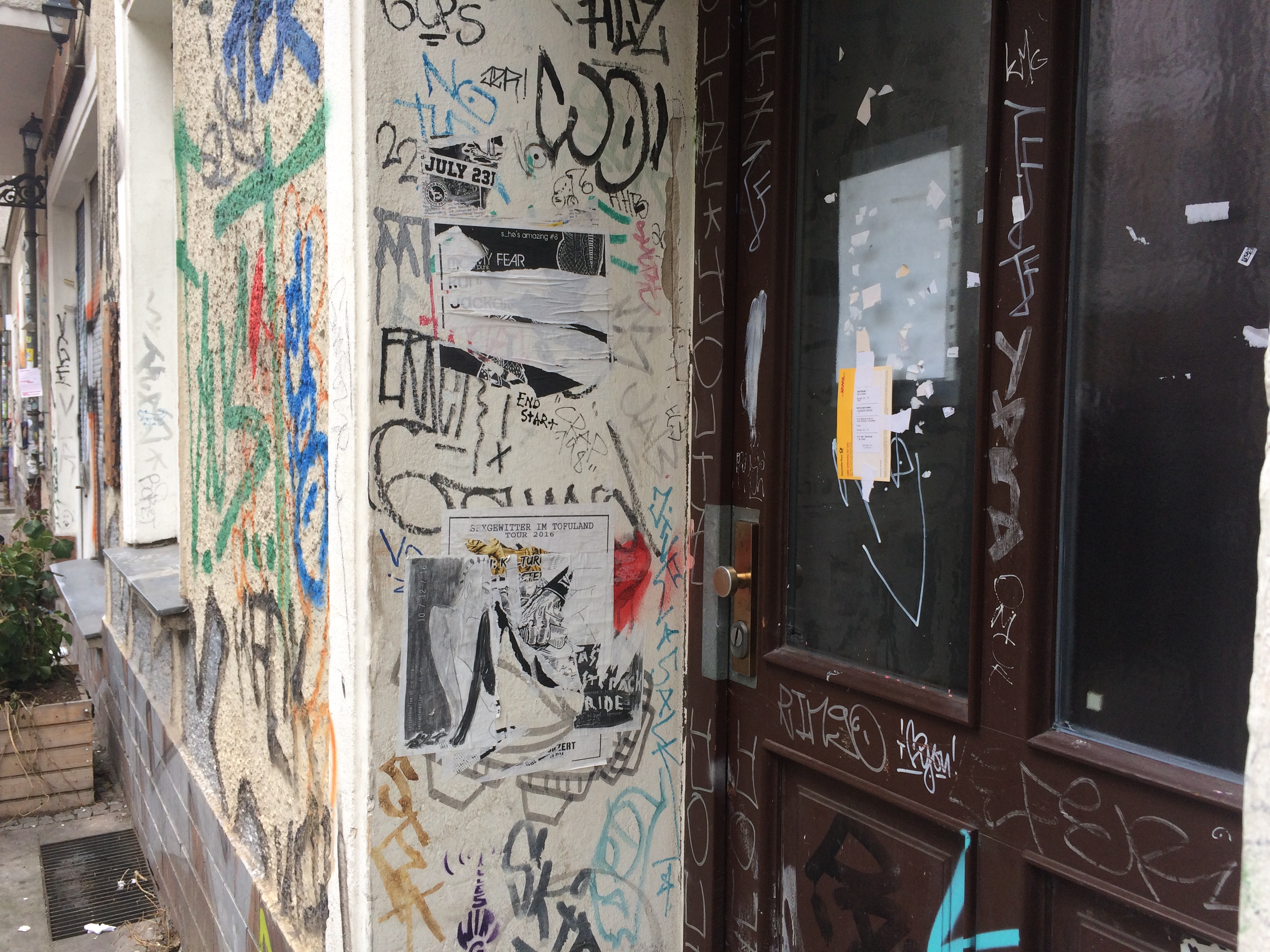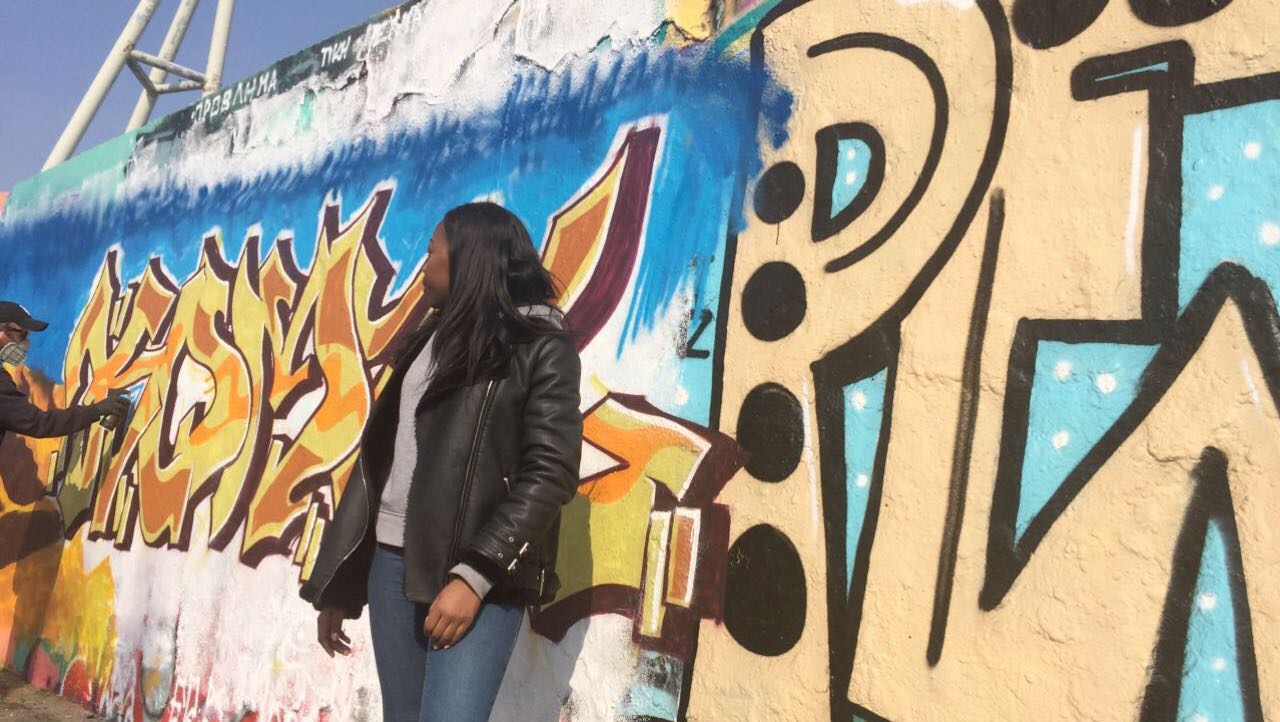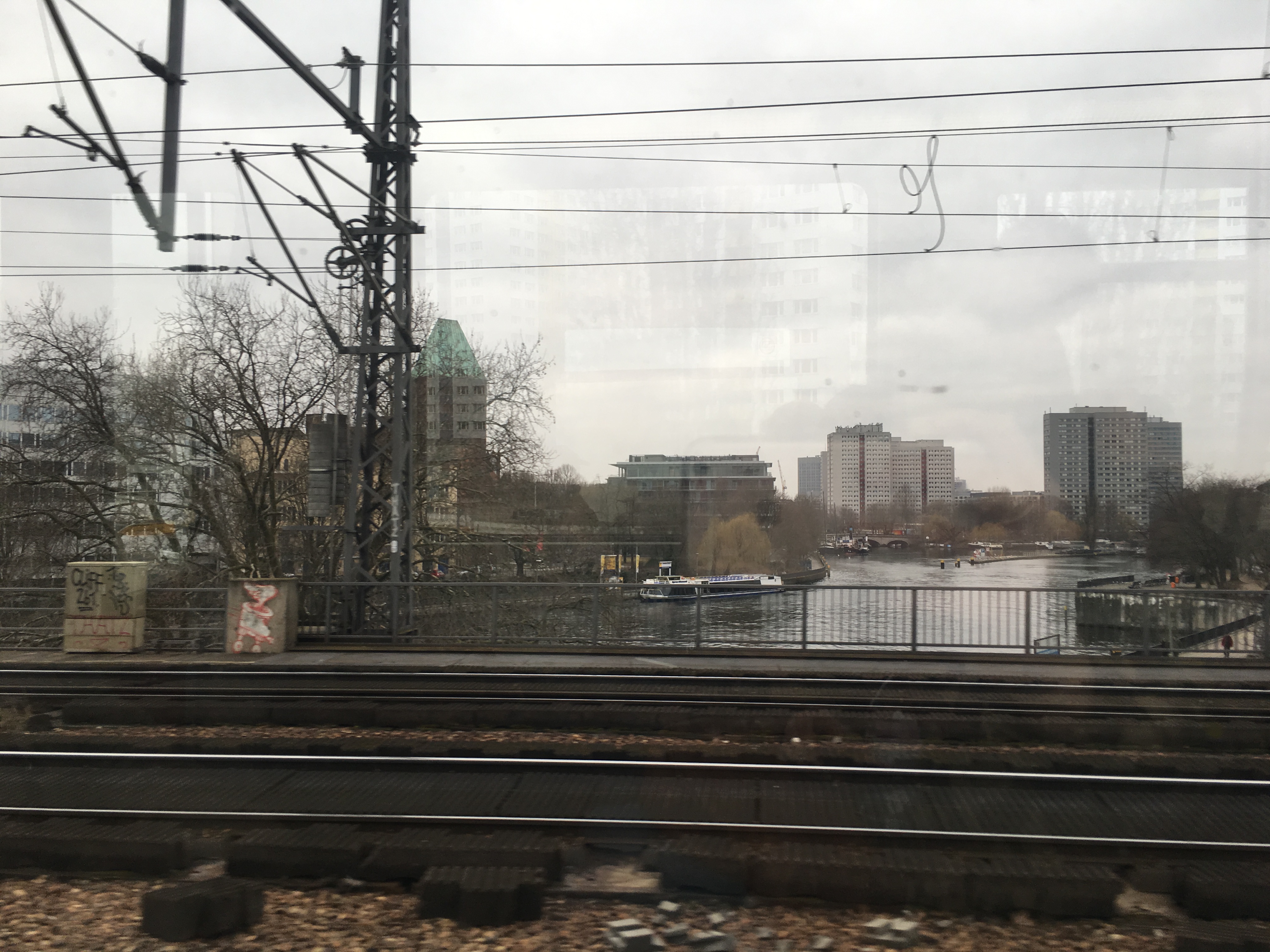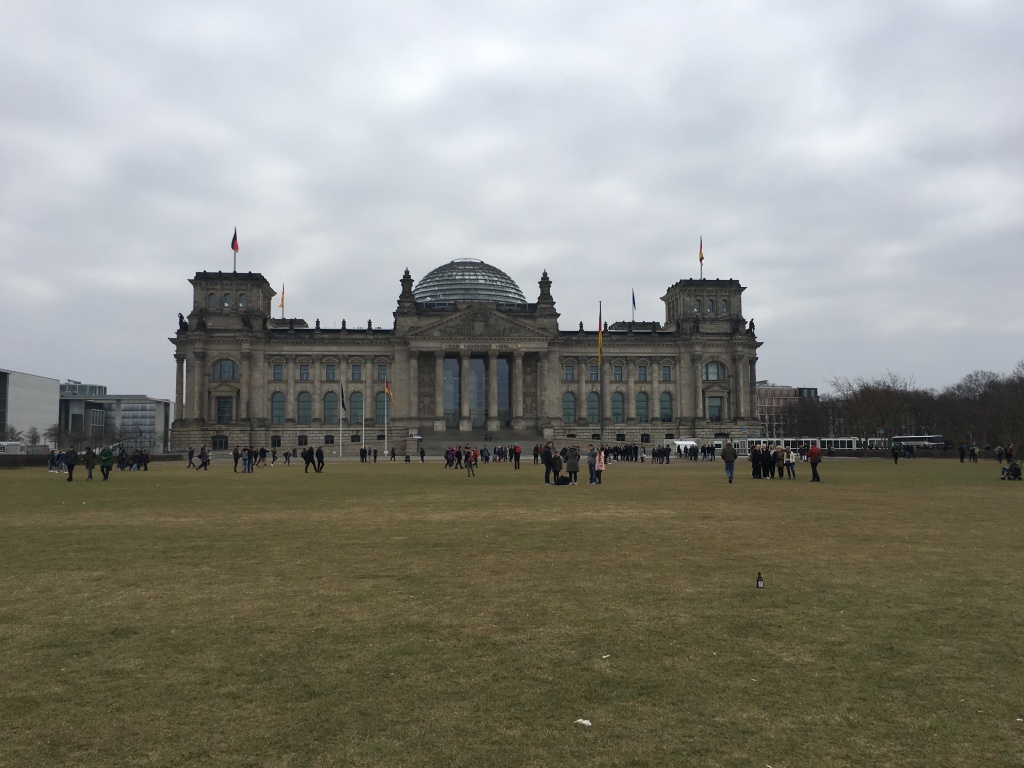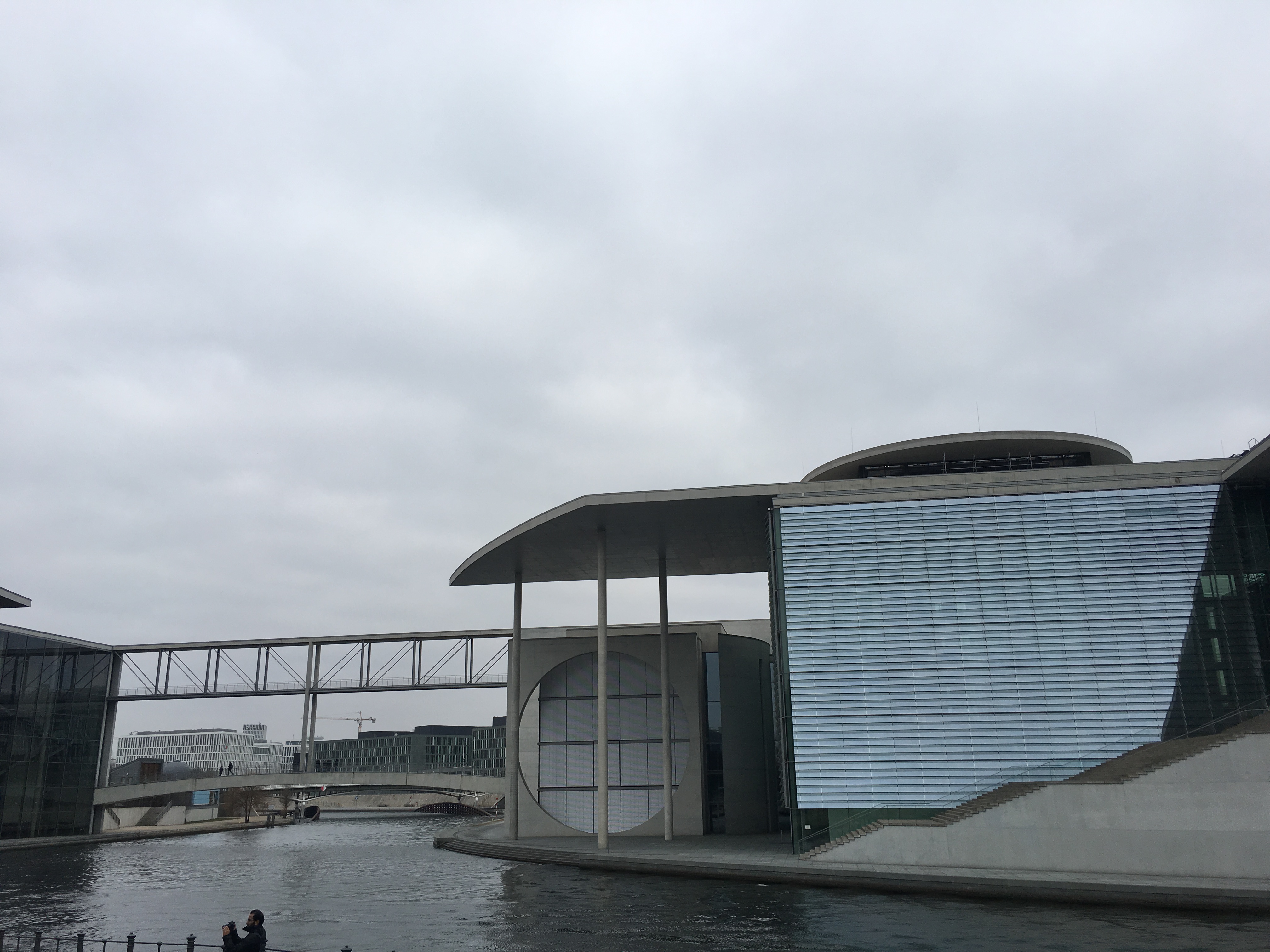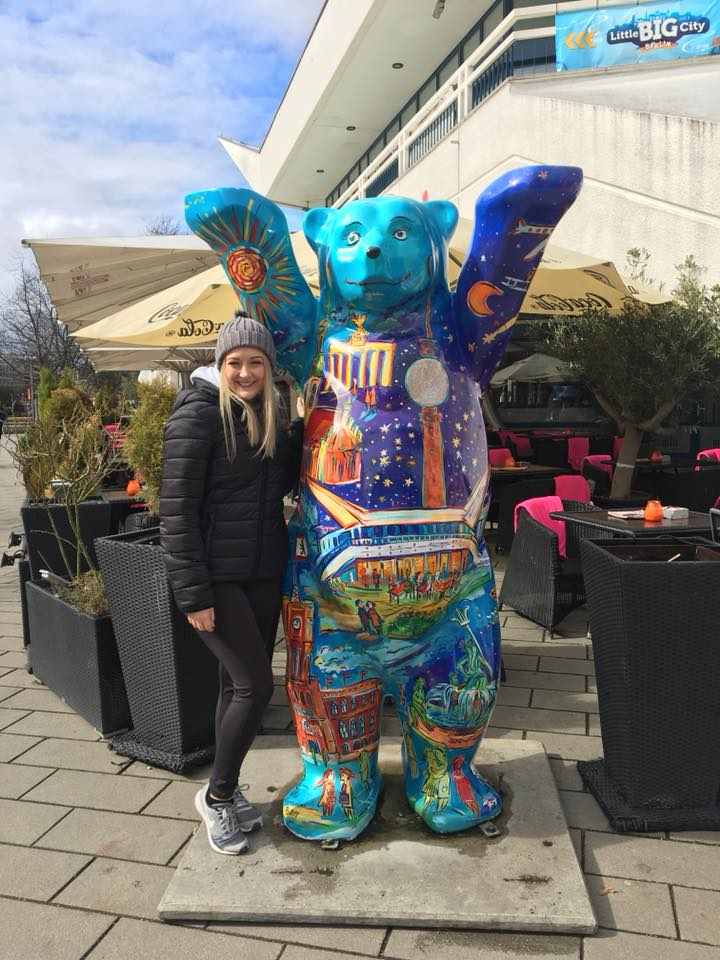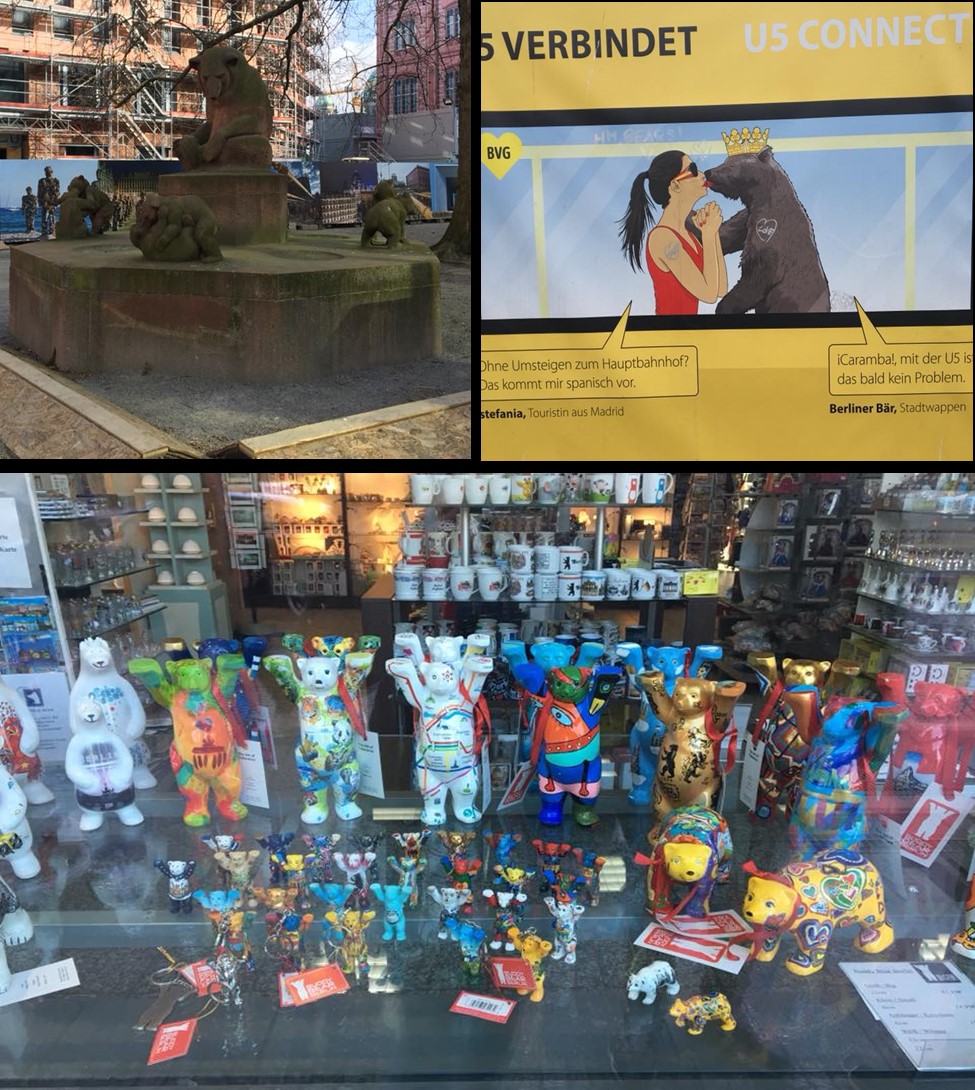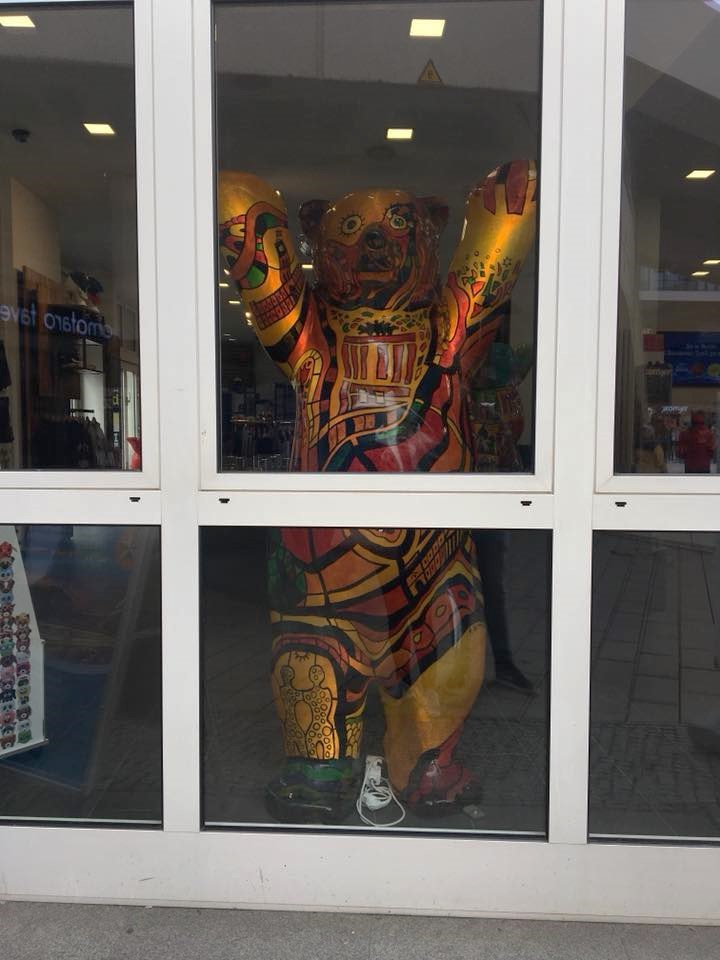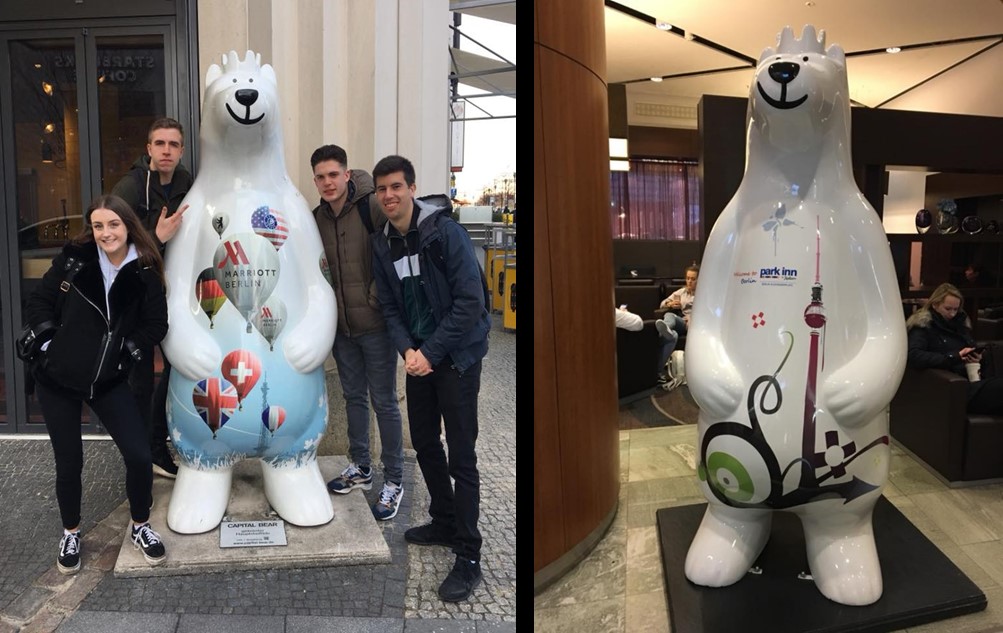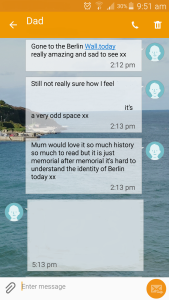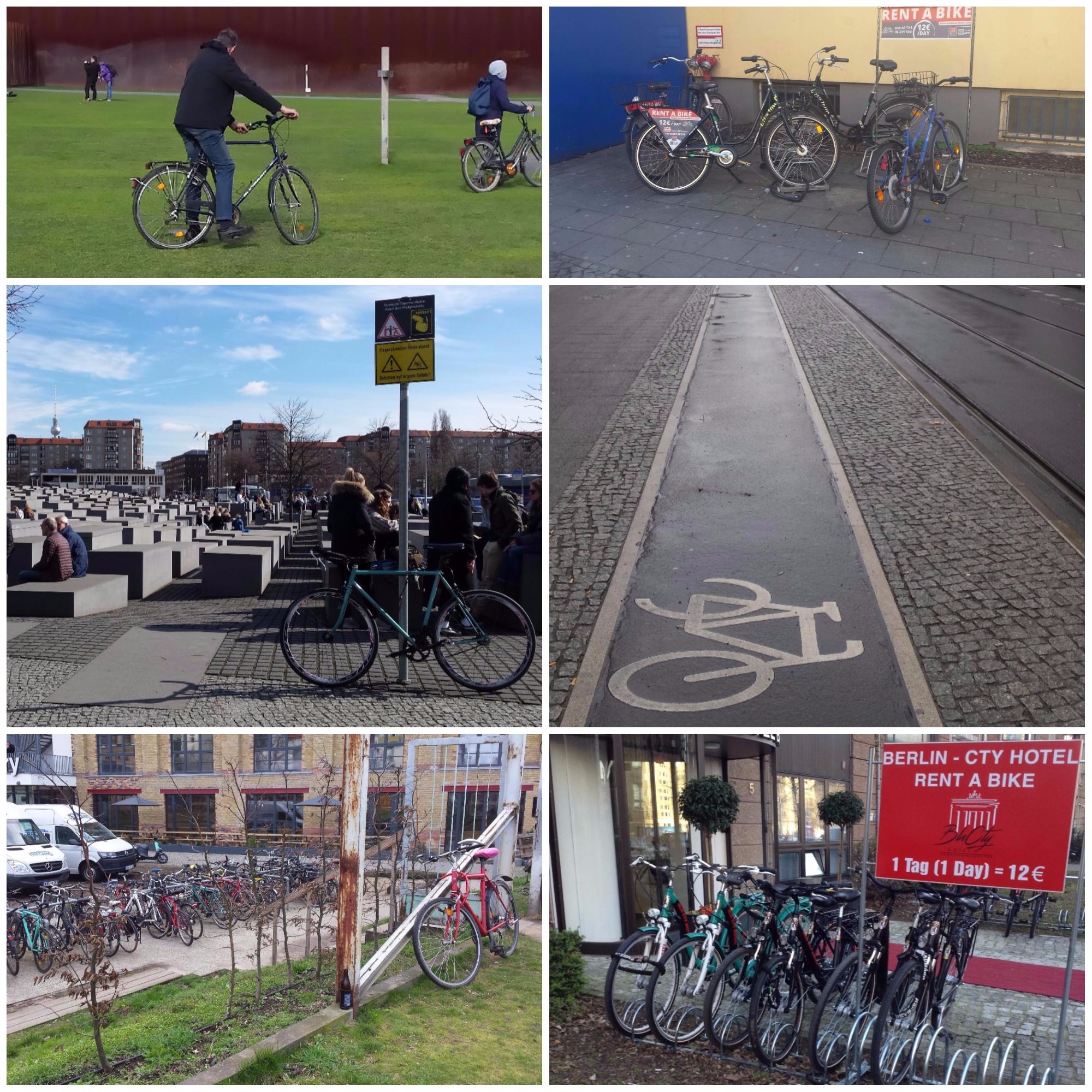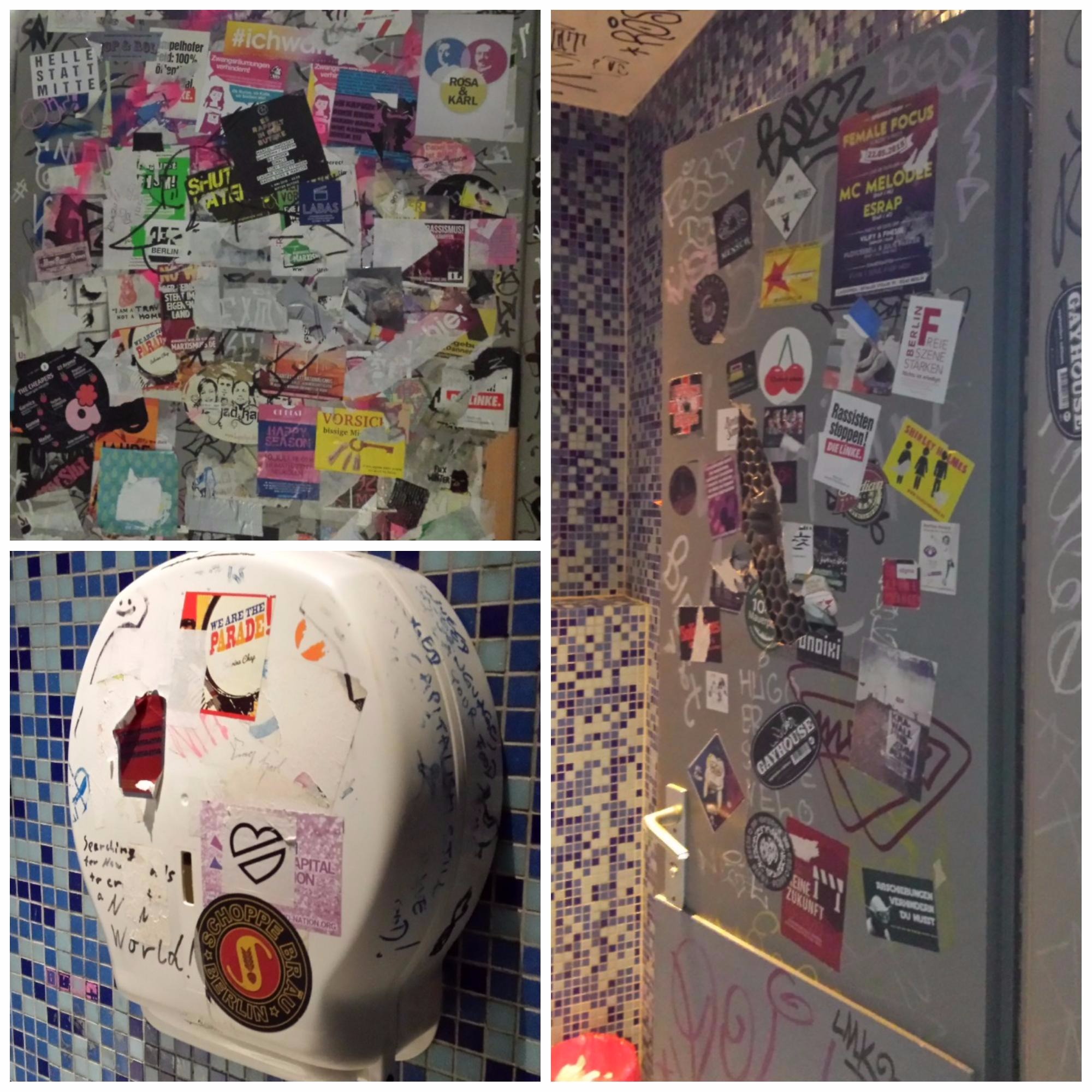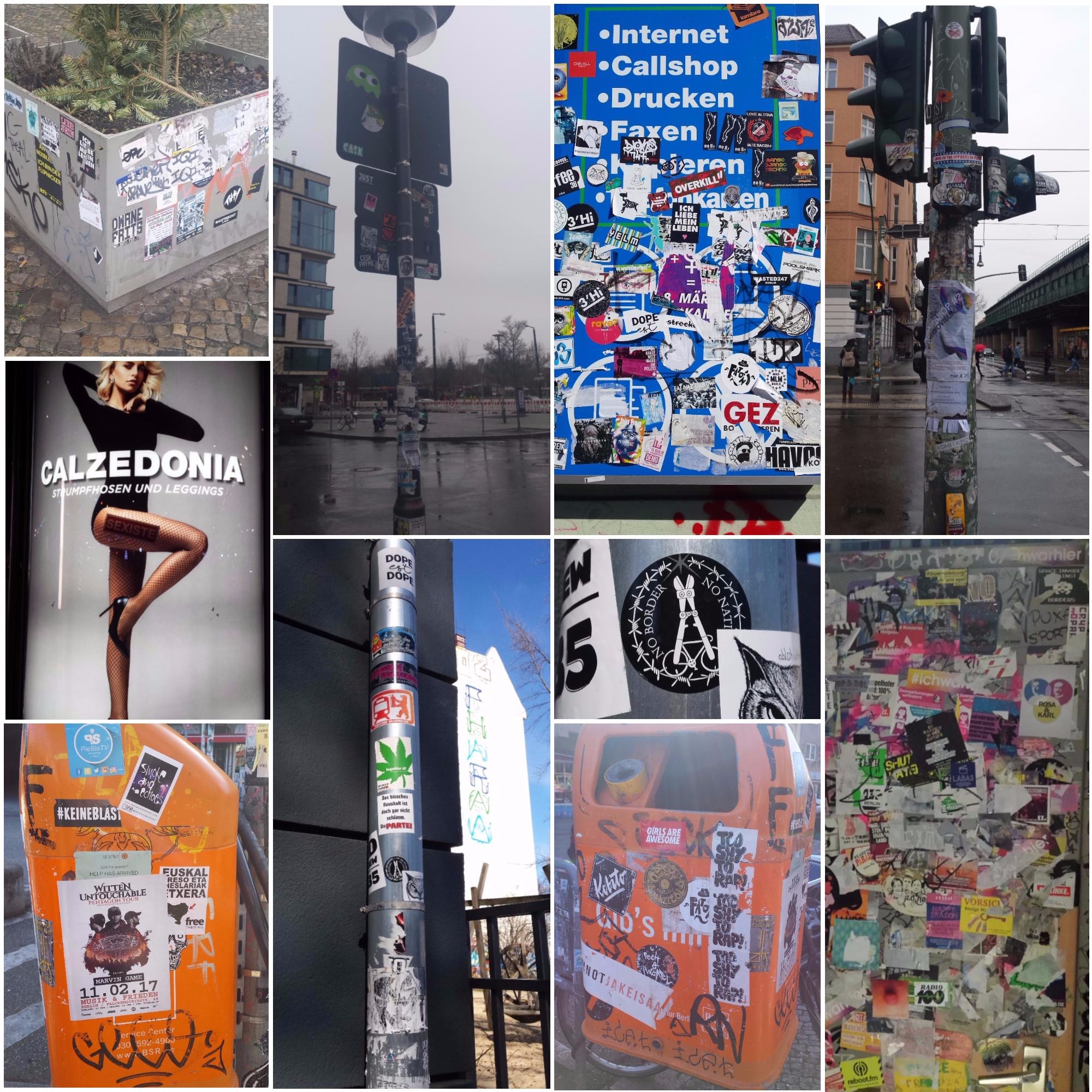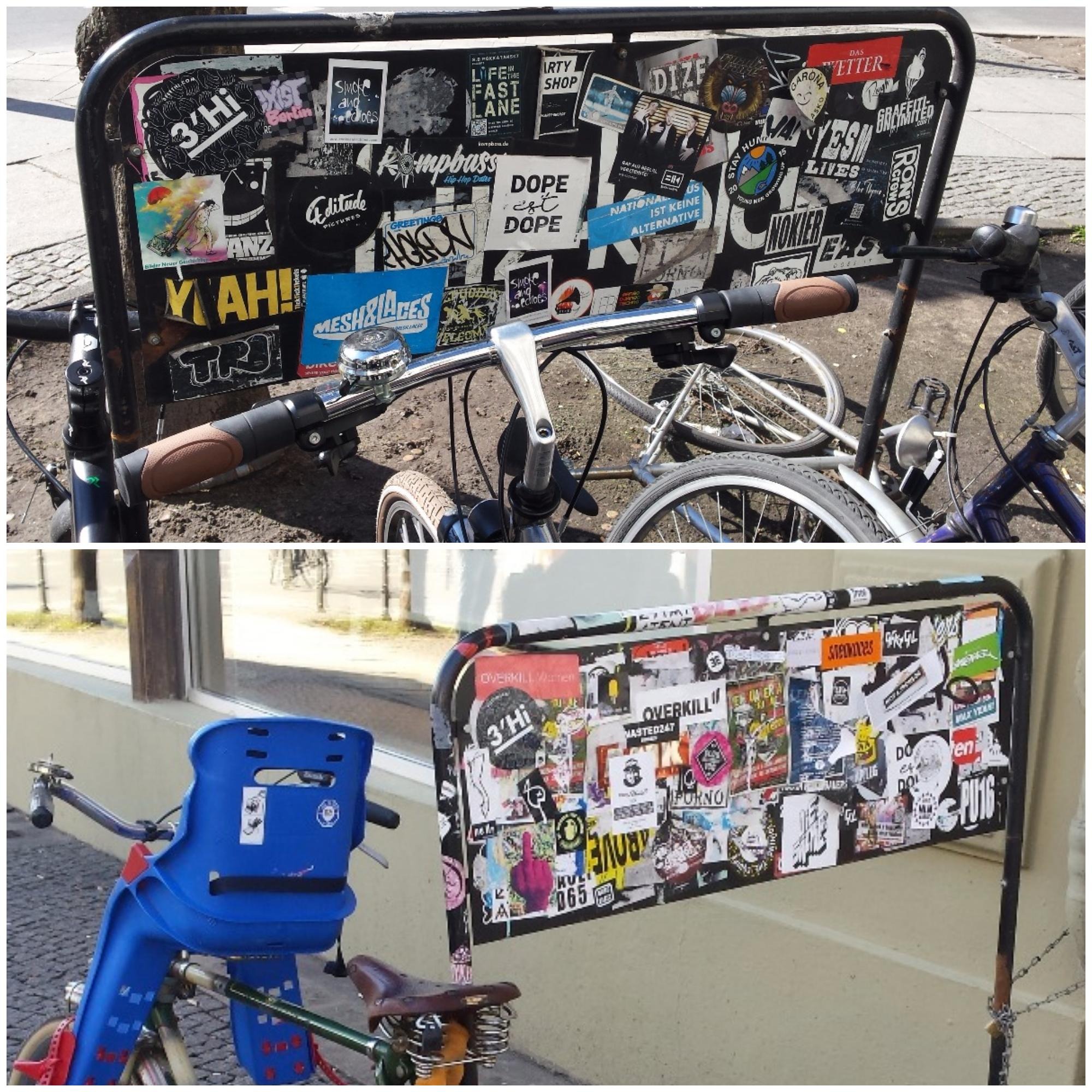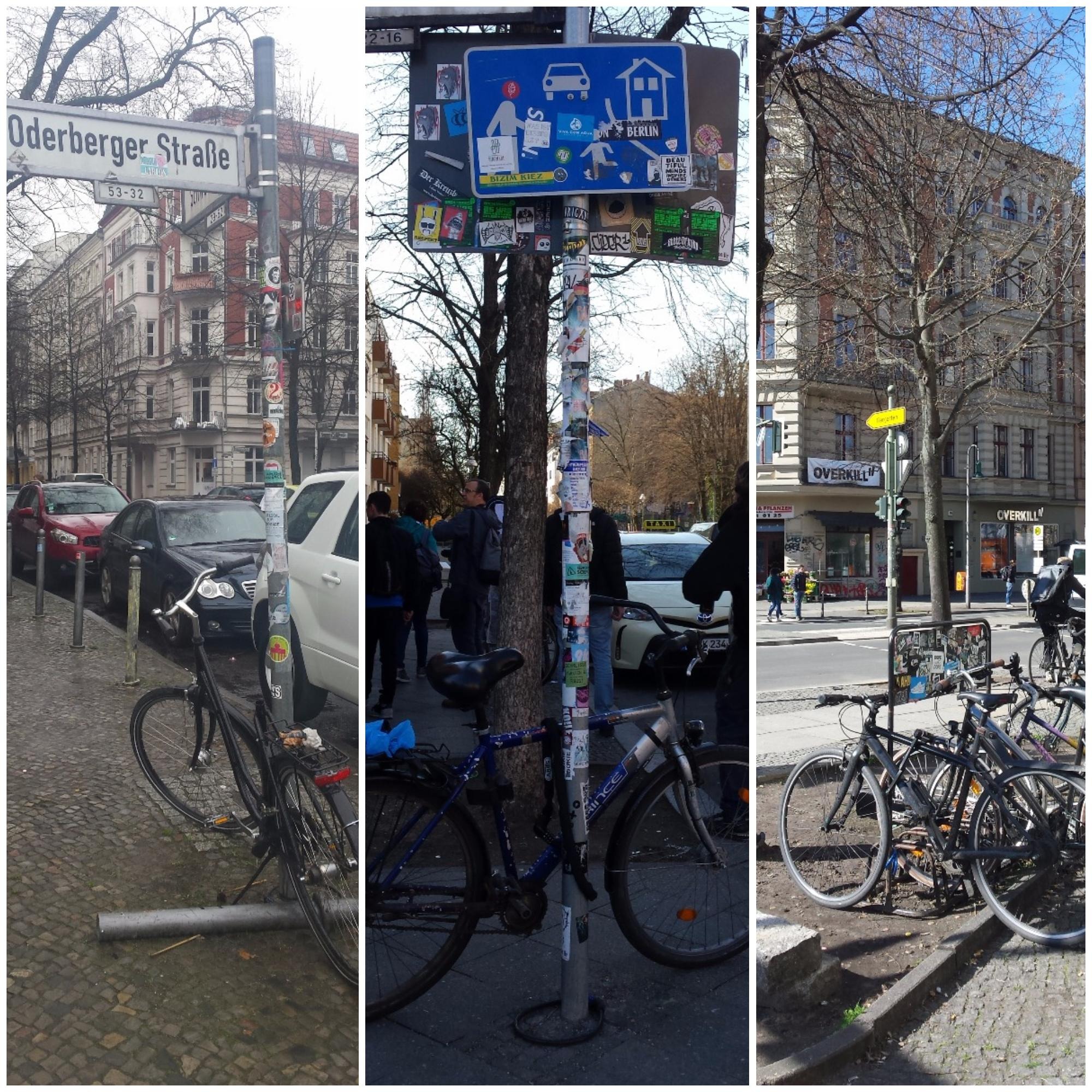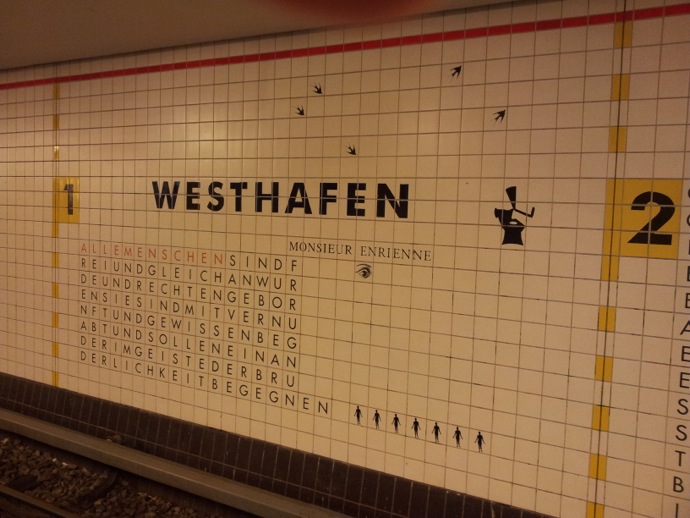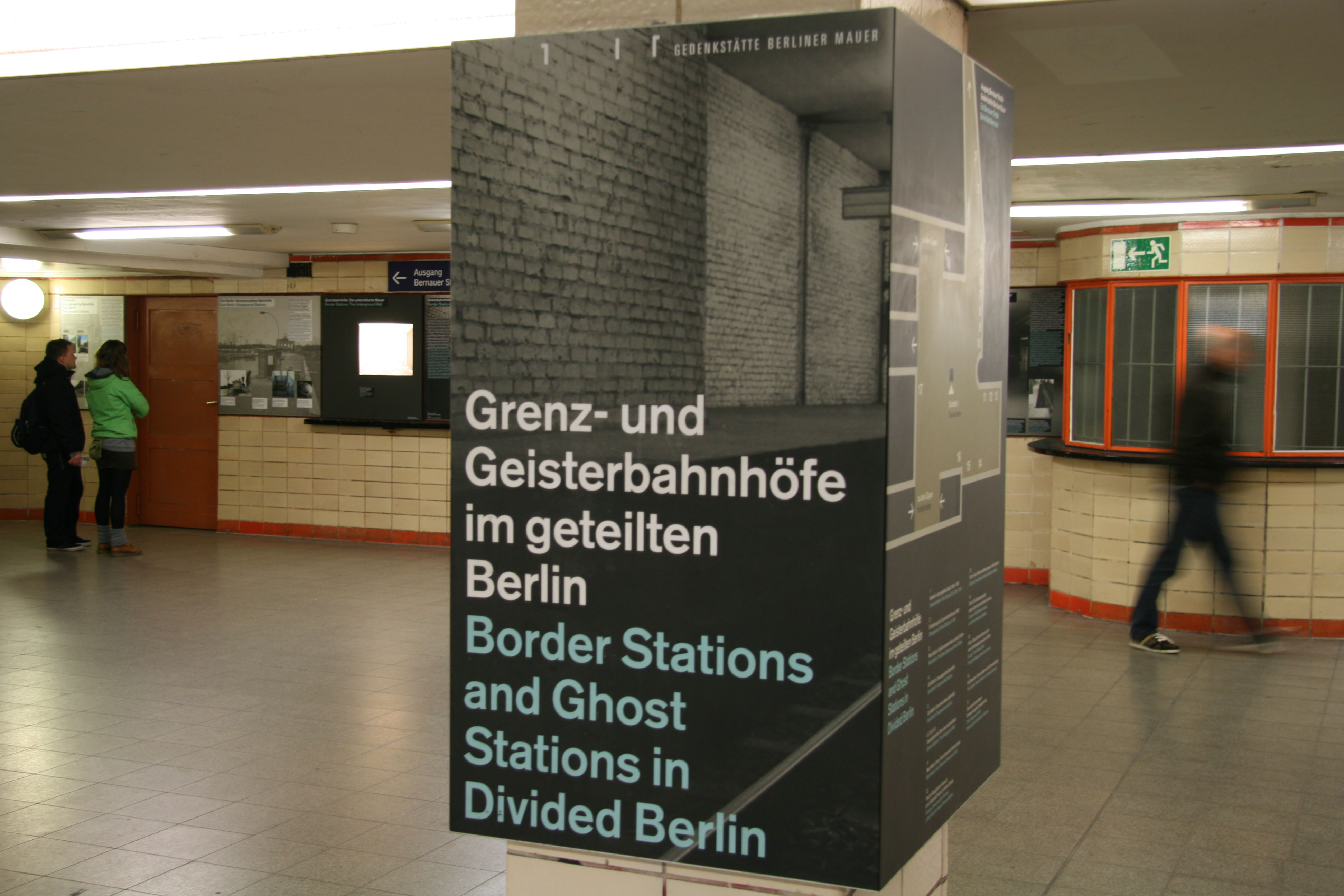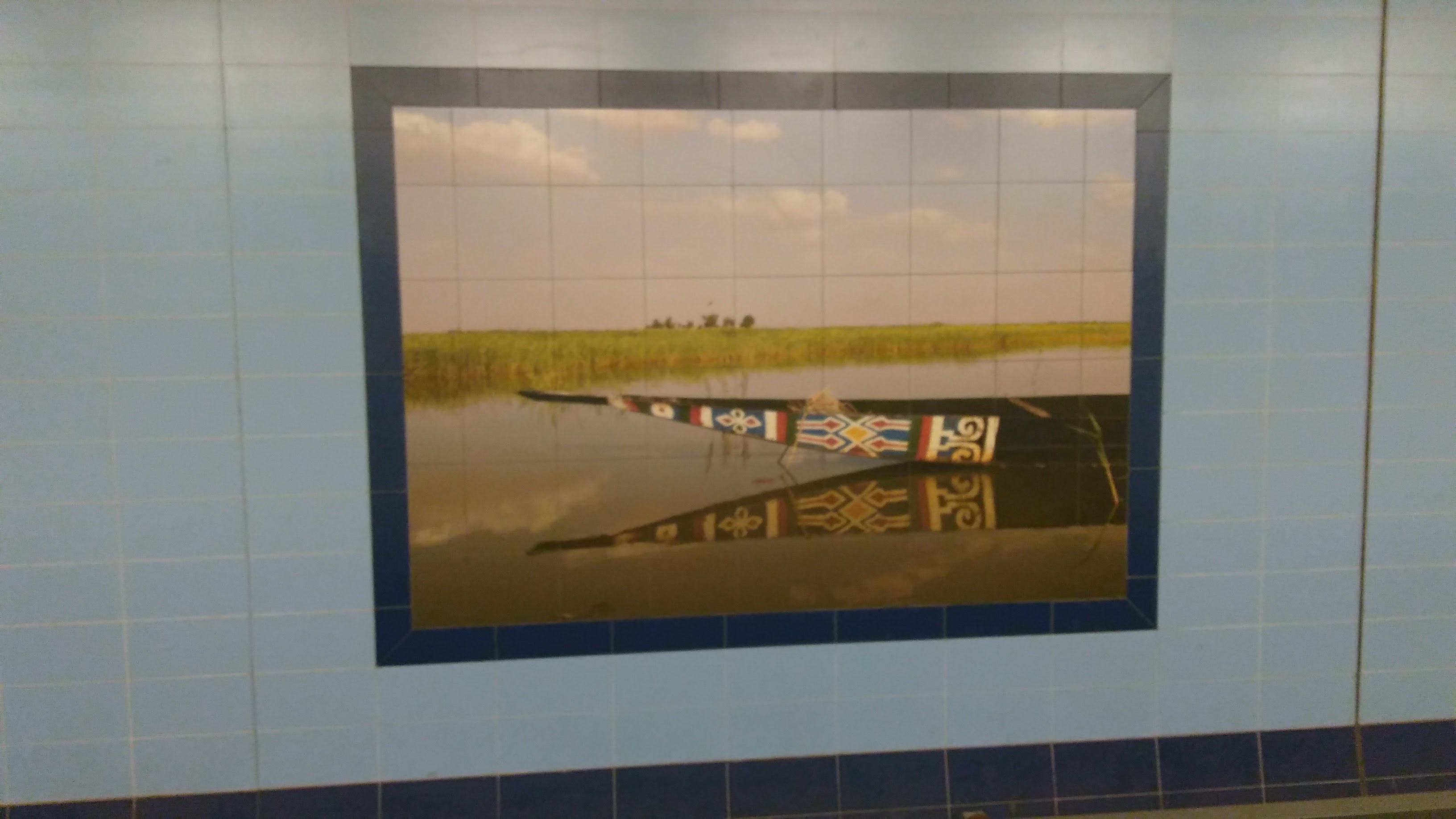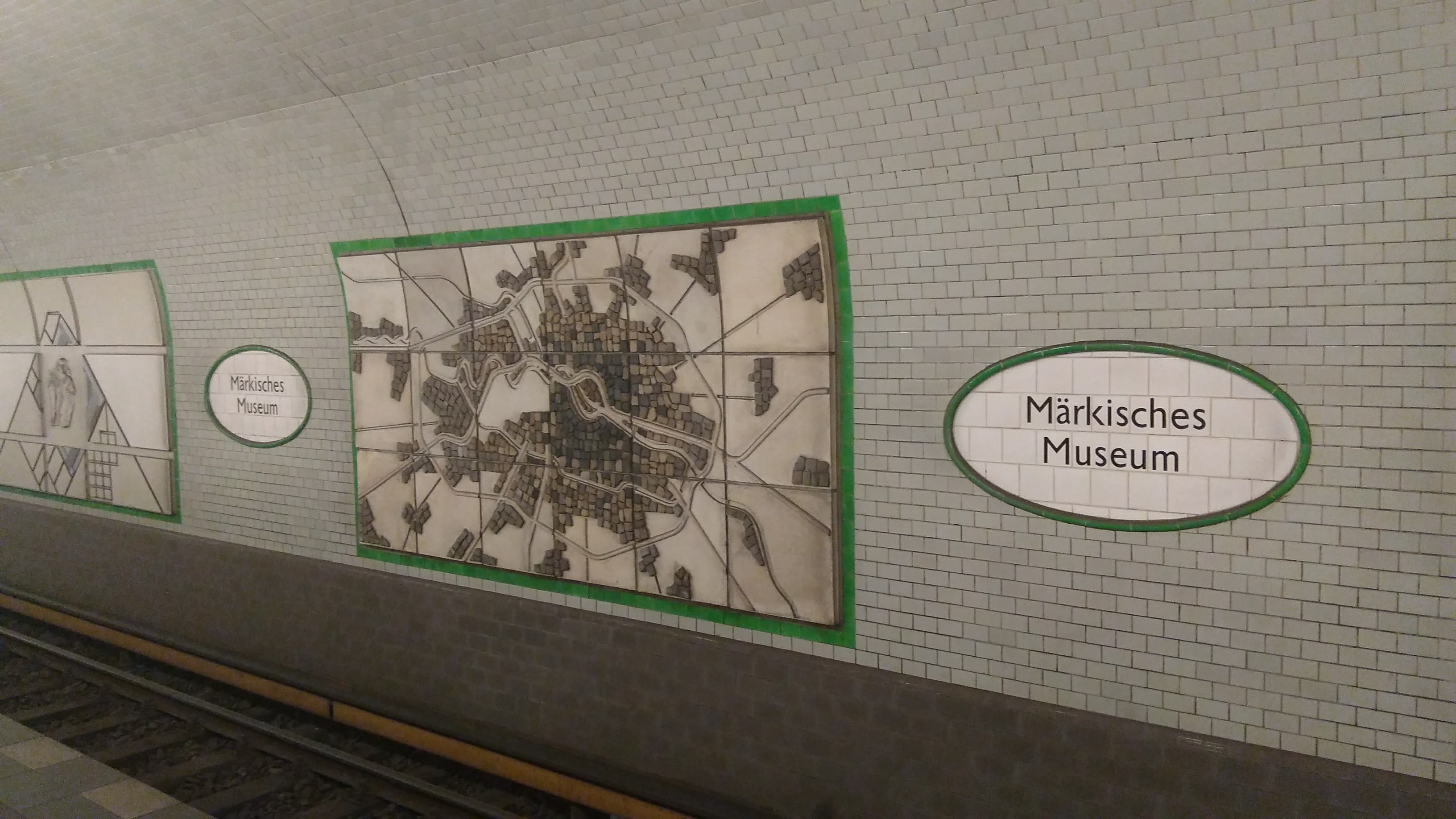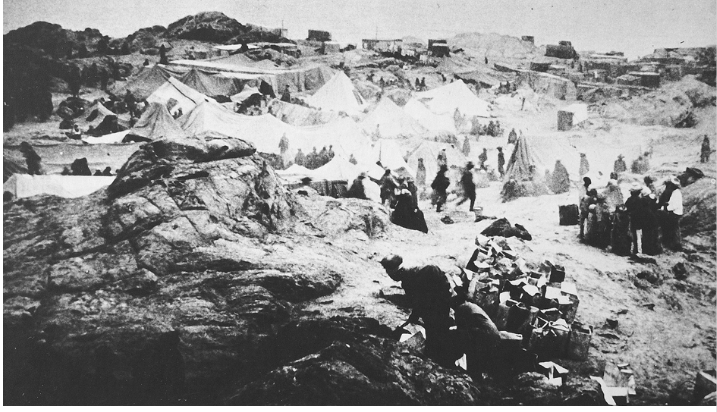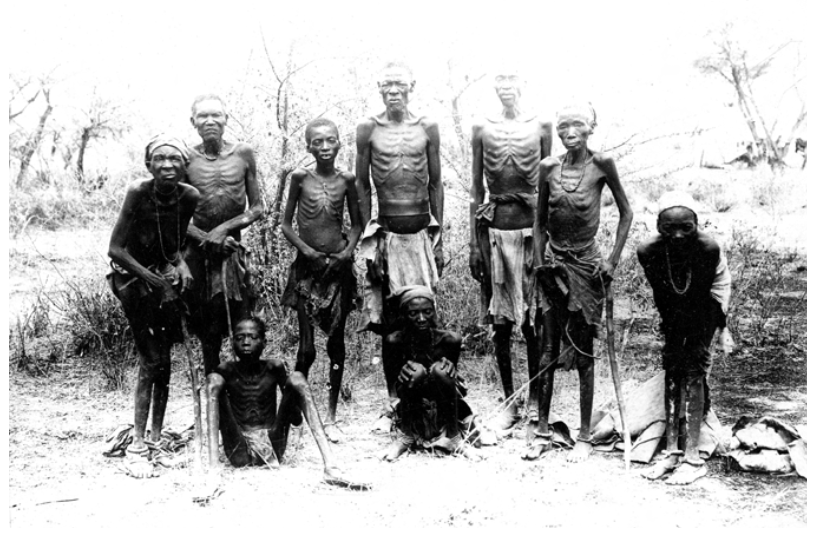“Oh, I forgot to buy my family their souvenirs!”
I had been hearing about souvenirs all week; people wanting them, not wanting them, finding them too political, too strange, too generic, and too expensive. I began to wonder, were people considering what memories were attached to the items and to the places they came from, or where they just fulfilling some unspoken rule about buying presents for people back home? Where they really associated with place and memory in the way I thought they were?
Souvenirs are often defined in geographical theory spatiality; souvenirs are defined as objects tied to certain places, emotionally or otherwise, and are often then absorbed into our “everyday” experiences of place back at home when they are put on display or used in place.
What makes a souvenir representative of a place? Is it the objects glocal ties? Is it the symbology associated with space like the Berlin bear or Ampelmann? Or is it the emotions you attach to the object because it comes from a memorable place?
For me, many of these souvenirs did not represent Berlin. Why was the Berlin “Chocolate Wall” so jarring? I was likely the location of the object in relation to the Mauer memorial and viewing tower, or the fact that it was the only tourist focused souvenir I found near the infamous Bernauer Strasse. The novelty of the item made me feel uneasy, for me the political association of even the idea of the wall was too serious to be associated with a novelty or joke product; however many of the souvenirs I found in Berlin represented this almost joking relationship between the city of Berlin and its history. Jokes about the Wall and the almost banal everyday geopolitics inherent in every souvenir and representation of the city seemed to strike me; Berlins souvenirs represented a comedy I didn’t find in the built environment of the city. I found the city fun, but a large focus of the city’s built environment was memorialisation, not humour. The way I felt I represented the city in the discussions I was having with my peers was almost at odds with the souvenirs of Berlin I brought home with me or talked about with my family on my return to England.


My “versions” of Berlin did not match up to others upon reflection and the versions of the city I brought home were not truly representative of my experiences of the space and politics of the city, although I found Berlin a very sex positive and sexuality heavy city, I felt I could not by my family a souvenir that represented this side of the spaces I encountered. By favourite souvenir from the trip represented my positive relationship with friends and colleagues in a gay bar in a quieter part of town, and yet the souvenir I chose to bring home to my family was an artistically framed magnet of the Brandenburg Tor. The selective representation of Berlin by souvenirs made me look at the city at an unusual angle, a new angle each time, and yet I was not showing others these representations of the city I experienced, loved and knew. I felt that picking particular souvenirs to bring home represented the city in particular way to my family and friend waiting for my verdict on my experience if the city. Souvenirs, although they represented the space of the city, could never reflect my particular way of seeing or experiencing the city whilst I was there.
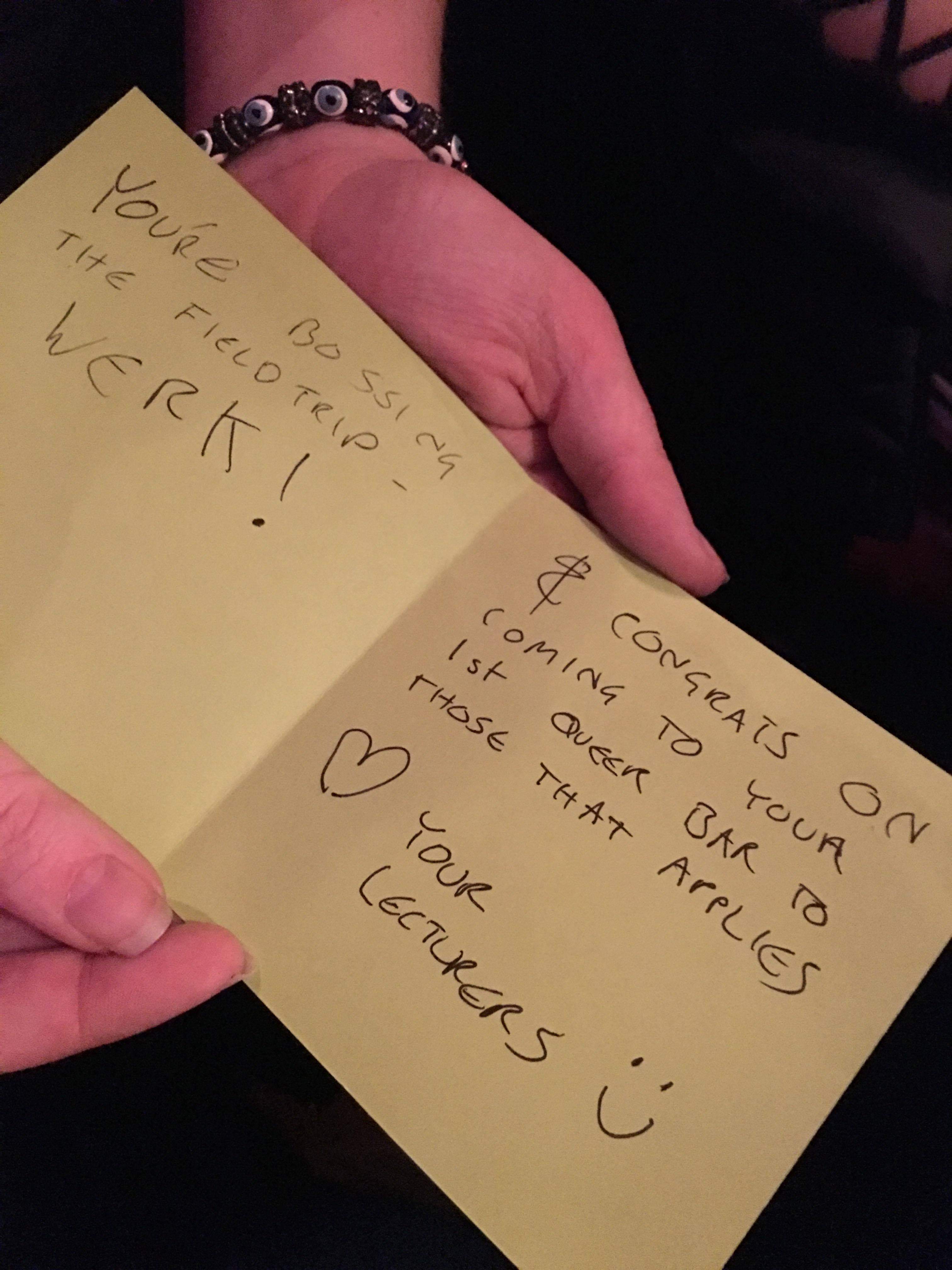
A colleague of mine also noted how she felt obligated to get a souvenir picture of a Stein, at the Tor; a collection, nay a checklist, of ways of proving you had “properly experienced” Berlin and collecting a set of souvenir photographs; and how this conflicted with their sense of the city and their genuine enjoyment of sites of interest off the beaten track. I reflected that an obsession with obtaining souvenirs of a space can may change how you experience the space at the time, souvenirs represent space, but perhaps they also influence how we think about how we will *have* to memorialise the space to legitimate our travel there. Was our experience not souvenir enough? Having physical (or image based) souvenirs of visits seemed to be influencing how we navigated the city whilst we were still in it.
Souvenirs I have from the trip vary in their significance, relation to place, and personal emotional geographies I may never be able to explain to others. But souvenirs greatly impacted how I engaged with the space of the city with others for the rest of time, a material reflection on my time in the space of Berlin. Souvenirs became much more important to my experience of space than I came to realise, and I have placed a new value on them in geographical terms.
Related readings:
Berger, J. (1973), Ways of Seeing, London: Penguin Books.
Peters, K. (2011). Negotiating the ‘place’and ‘placement’of banal tourist souvenirs in the home. Tourism Geographies, 13(2), 234-256.
Collins-Kreiner, N., & Zins, Y. (2011). Tourists and souvenirs: changes through time, space and meaning. Journal of Heritage Tourism, 6(1), 17-27.
Swanson, K. K., & Timothy, D. J. (2012). Souvenirs: Icons of meaning, commercialization and commoditization. Tourism Management, 33(3), 489-499.
